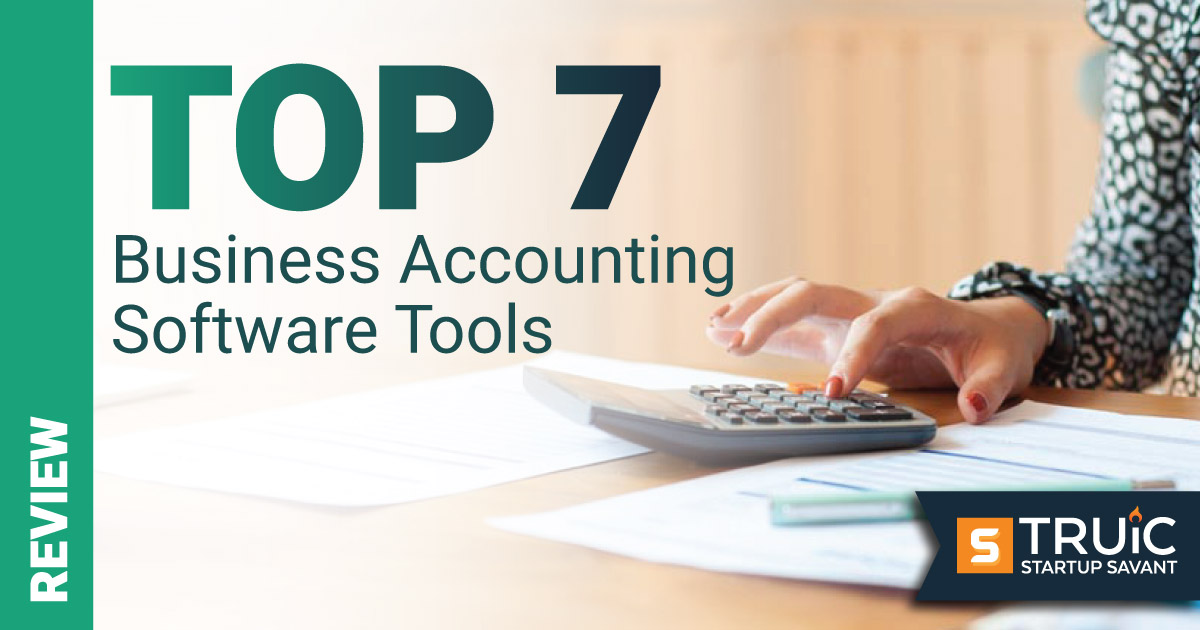What Is the Profit First Method?

Last Updated: By Michaela Dale
Unlike traditional business accounting approaches, using the Profit First method means profit is your business's top priority.
Created by the founder of two multi-million dollar companies, Mike Michalowicz, the Profit First accounting method is a financial management strategy that flips traditional accounting methods to make businesses profitable from the start.
How exactly does the Profit First method work? Keep reading to find out.
Recommended: Try Relay, the official banking partner of Profit First professionals.
How Does the Profit First Method Work?
Instead of calculating profit as what's left over after expenses (the traditional way), to implement the Profit First formula you take your Profit First. This means you set aside a percentage of your income as profit before paying any operating expenses.
To do so, the business owner will divide revenue across five separate accounts: a checking account, a profit account, a tax account, an owner's pay account, and an operating expenses (OpEx) account. They’ll also need to establish their profit margin and target allocation percentages (TAPs) — also known as the percentage allotted to each account. These percentages will vary, but you can find resources to determine the right amount for your state and business type here.
Finally, each account will receive allocated revenue that was previously determined and expenses will be taken from the corresponding accounts, being careful to budget correctly to avoid taking any revenue from the profit amount. This process typically occurs twice per month.
Benefits of the Profit First Method
The Profit First method helps businesses focus on profitability, encourages diligent financial management, and promotes sustainable growth by ensuring profit is a fundamental goal — not an afterthought.
Here are some of the key benefits for small business owners who choose to implement Profit First:
- Ensures Profitability: By allocating profit from each sale first, businesses ensure they remain profitable over time.
- Improved Financial Discipline: This accounting method encourages businesses to critically evaluate and reduce unnecessary business expenses, promoting a culture of cost efficiency and lean operations.
- Simplified Cash Flow Management: Having separate bank accounts for different financial goals (e.g., profit, taxes, etc.) makes it easier to manage cash flow and understand the health of your business finances.
- Reduced Financial Stress: Knowing you’ve secured your profits and set aside money for taxes can reduce the financial stress associated with running a business.
- Increased Growth: By focusing on profitability and the efficient use of resources, businesses can reinvest in growth opportunities more confidently.
- Clear Financial Goals: This method provides a clear framework for setting and achieving financial goals, making it easier for businesses to plan for the future.
Disadvantages of Profit First Method
While the Profit First method does offer many advantages compared to traditional accounting methods, it also has some disadvantages. Before adopting Profit First for your business, consider these downsides:
- It’s not suitable for all business types. If your business’s expenses are high or if it has a lot of debt, separating cash into different accounts may not prove beneficial for its financial health.
- It can lead to difficulties with some business banks. To implement Profit First, you need to be able to open multiple business checking accounts. Not all banks will allow this. You’ll therefore need to find and use a Profit First-friendly bank.
- It requires a high level of discipline. You’ll need a high degree of discipline to successfully implement this accounting method. Businesses used to spending the full amount in their bank accounts may have difficulty transitioning to the Profit First method.
- It comes with potential fees and additional costs. Opening more than one business bank account may accrue fees. Plus, businesses may incur additional accounting costs associated with implementing this method.
Final Thoughts
The Profit First method can be a valuable tool for businesses to start and stay profitable permanently. It not only encourages diligent financial management, but also drives growth toward your startup’s important financial milestones. To get started, ensure you're banking with the right institution and your business has the right amount of expenses to adopt this accounting method.
Best Bank for Profit First Accounting
We recommend Relay, the official partner of Profit First Professionals, for Profit First business banking.
Frequently Asked Questions
How does the Profit First method work?
The Profit First method involves dividing revenue into five business checking accounts, including a profit account. Business owners predetermine the percentage of the business’s revenue that each account will then receive. The profit account is the first to receive its percentage allocation — before the business pays for its operating expenses. By doing so, the business becomes immediately — and permanently — profitable.
Is Profit First worth it?
If the Profit First method aligns with your business model and budgeting needs, it can be a great way to become profitable from the inception of your business. Implementing this accounting method also requires diligence and organization, which can help your business effectively manage its funds.
What are the percentages for Profit First?
The target allocation percentage for your profit account should be 5% to 10% of revenue, according to creator Mike Michalowicz. This percentage will vary, though, depending on a business’s type and location. For more information on establishing target allocation percentages (TAPs) for your business, visit Mike Michalowicz's website.


